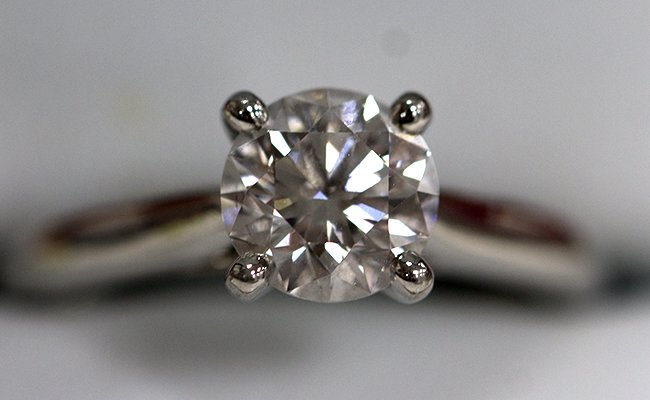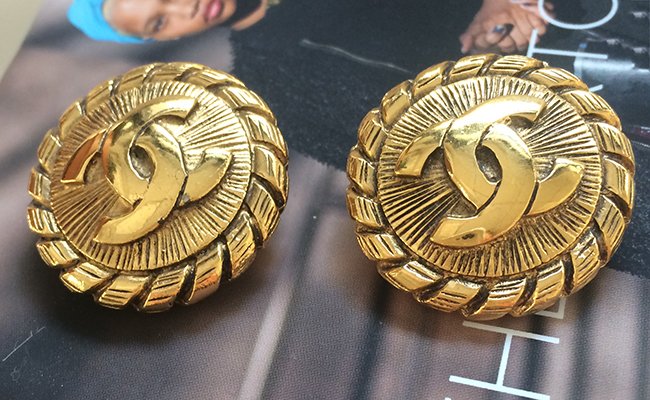The History of Fashion Jewelry
Jewelry has been around as long as history stretches with different roles in various societies and cultures. Before we had precious metals and gemstones, stones, shells and other organic materials were used to adorn the people over 30,000 years ago. Later precious materials were the materials, but with the rise of jewelry in fashion, non-precious jewelry came back in style.
In ancient times, jewelry was intricate ornamentation and also a means to differentiate social status. This is even something true throughout history. Think of the Royal Jewels of the British monarchy or signs and symbols of wealth. Jewelry has even been used to mark association to certain organizations, like a masonic signet ring.

Jewelry has served a symbolic role throughout history, connoting a specific meaning based on the design. The mati or hamsa is a charm warding off the evil eye. An engagement ring symbolizes a commitment to marriage. However, the ability to wear jewelry was reserved for those of higher classes due to the costly nature of precious materials or sumptuary laws restricting certain groups of people from wearing ornate items.
The 17th and 18th century saw the rise of fakes. This was exclusively for fashion purposes when women would wear an abundance of pearls or ornate, bejeweled dresses on formal occasions. Starting in Paris, the fake jewelry trend spread to other European cities. In the early 19th century, Napoleon became the Emperor of France and brought elaborate fine jewelry trends back to the forefront as a display of wealth and status. His coronation crown even brought cameos to popularity. This time also saw the rise of jewelers specializing in fine jewelry with the highest craftsmanship.

With the industrial revolution came the means to produce quality imitation jewelry with materials like steel. The industrial revolution also brought about a new class of wealth in the middle class. This marked the true rise of costume jewelry made of semi-precious materials. With high-quality replicas at affordable prices, jewelry was no longer available to the wealthy few; everyone could afford a piece of costume jewelry. Chanel, Dior and Miriam Haskell were a few of the notable designers who brought costume jewelry to popularity.
Today, jewelry of all types, precious or costume, is available and coveted by all. For the fashion-forward jewelry lover, a wide array of costume pieces are available according to the ever-changing trends. Vintage costume staples by Coco Chanel are still in fashion. Classic staples are still created by jewelers who have been perfecting their craft since the 19th century.







